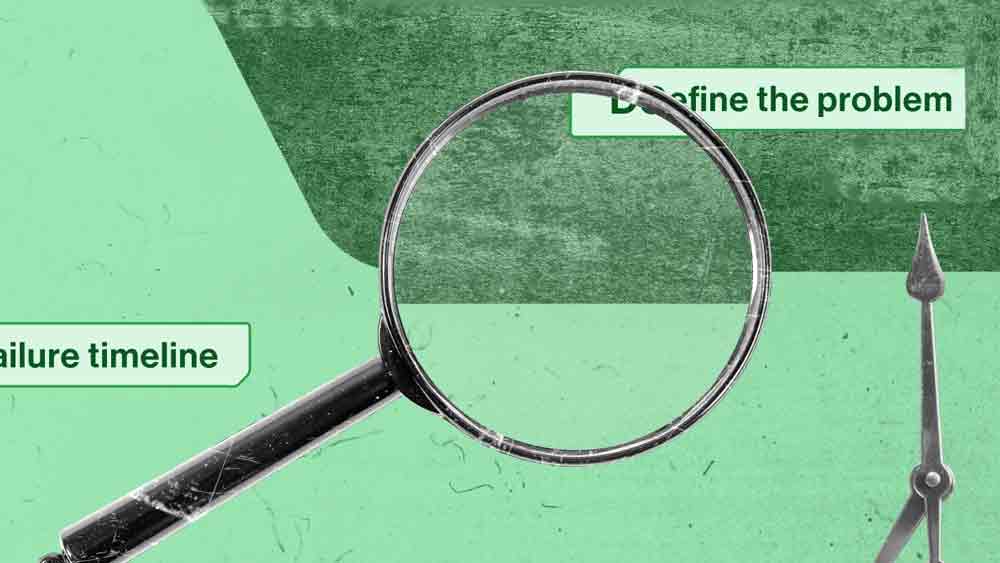Failure analysis helps uncover the root cause of equipment issues so you can fix problems and prevent them from happening again. This guide outlines a clear, six-step process to conduct effective failure analysis and write a report that adds long-term value.
|
ADVERTISEMENT |
Failure analysis techniques vary widely based on the specific use cases. That being said, steps for conducting failure analysis follow the same pattern.
Step 1: Define the problem
A well-defined problem statement is essential for any deep analysis. Failure analysis requires engineers to define the problem as clearly and concisely as possible. The problem statement should contain details about:
• The failure that occurred
• The data that need to be collected
• The failure analysis technique to be used
• The expectations for the failure analysis (i.e., goals)
Step 2: Collect failure data
All relevant data have to be collected. This includes both quantitative and qualitative data.
…

Add new comment